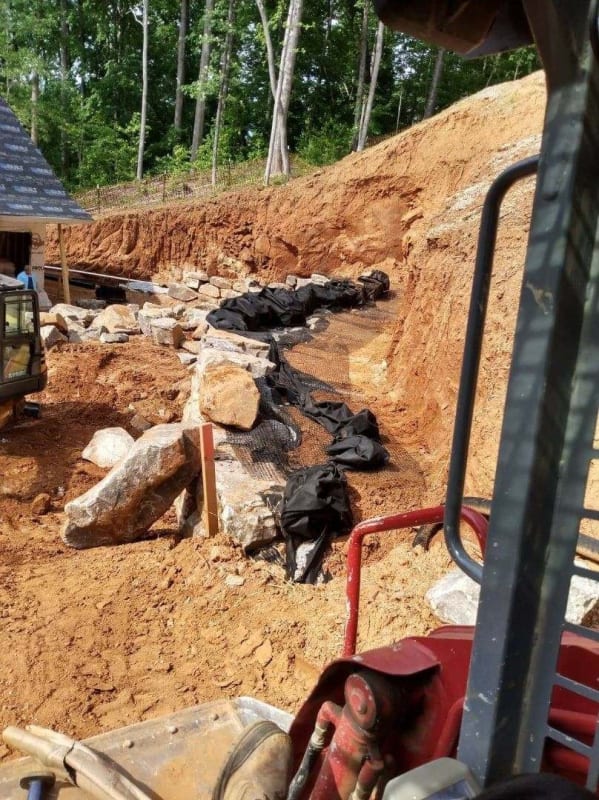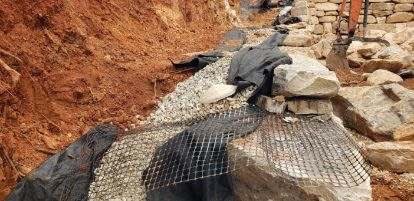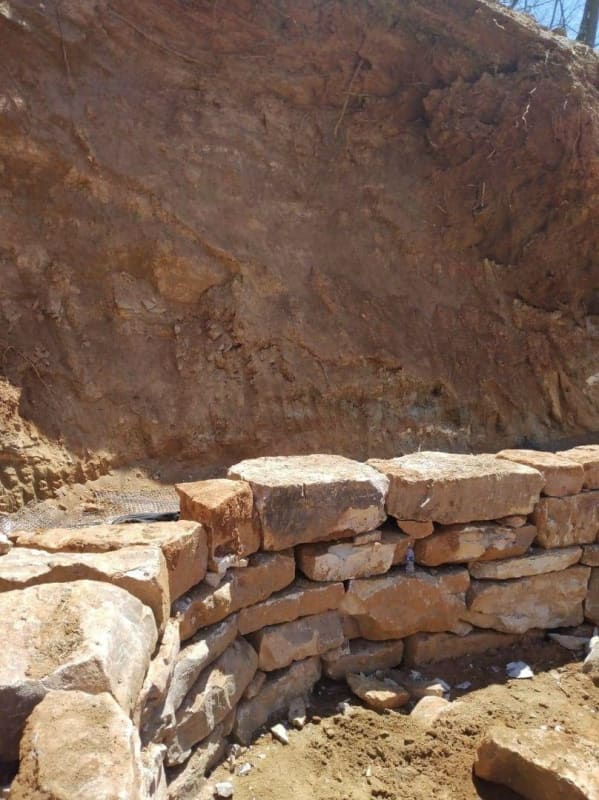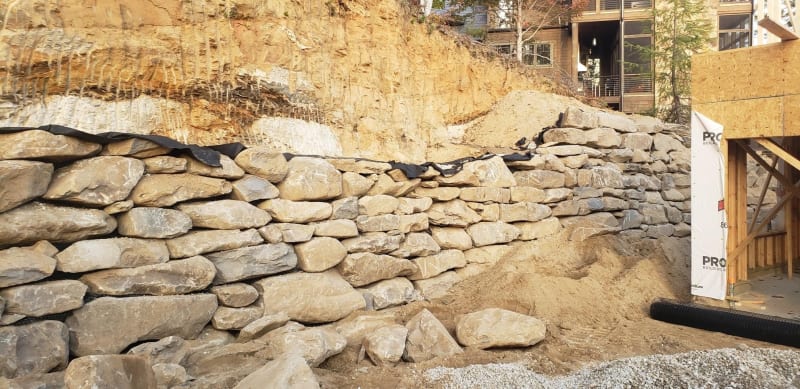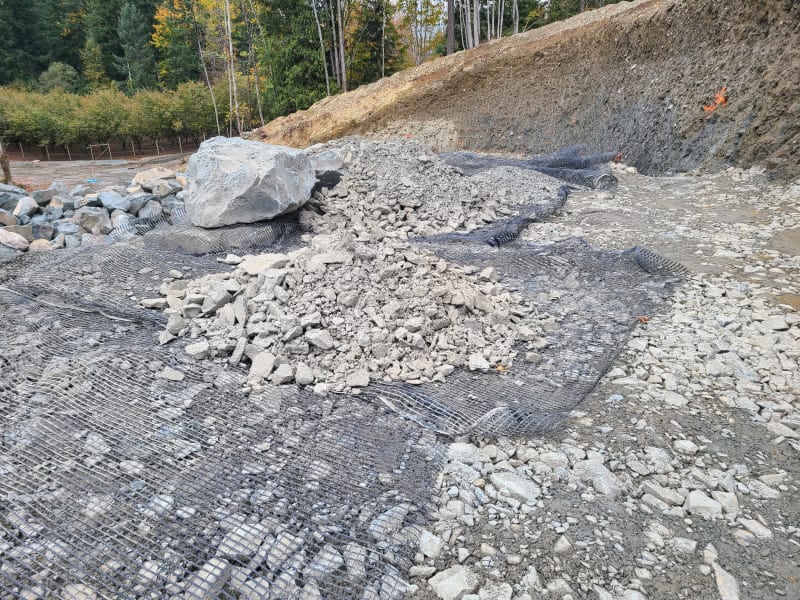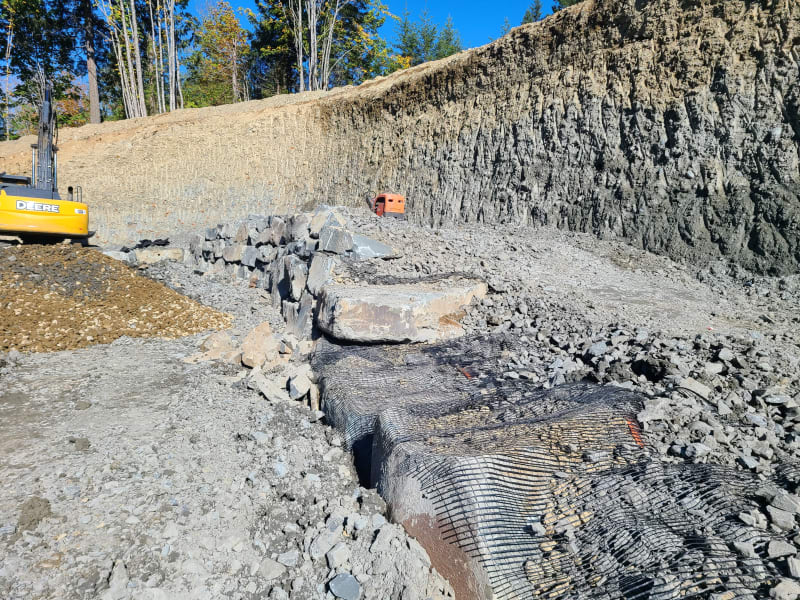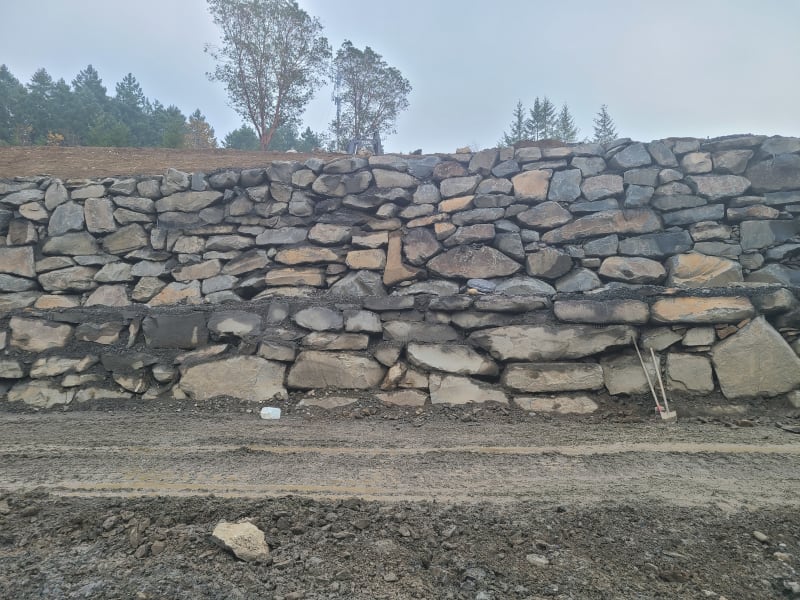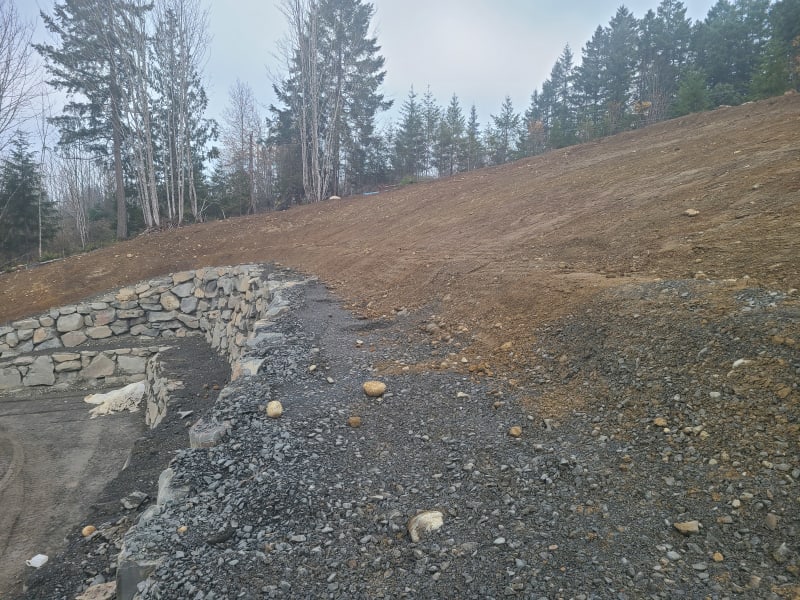LordofDirt
Geotechnical
- Sep 25, 2023
- 4
Hello,
I am new to the forum. I am looking for some general guidelines or a technical document on the design of tiered rockery walls with geogrid reinforcement. I have experience designing rockery (gravity) walls and experience designing MSE walls, but I am not sure exactly how to approach this problem.
My first thought was to use the miraslope software for design of a reinforced slope with a batter of approximately 10 degrees and then the rockery wall would just act as a facing.
Any help is appreciated.
Thank you
I am new to the forum. I am looking for some general guidelines or a technical document on the design of tiered rockery walls with geogrid reinforcement. I have experience designing rockery (gravity) walls and experience designing MSE walls, but I am not sure exactly how to approach this problem.
My first thought was to use the miraslope software for design of a reinforced slope with a batter of approximately 10 degrees and then the rockery wall would just act as a facing.
Any help is appreciated.
Thank you

